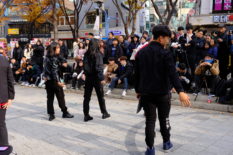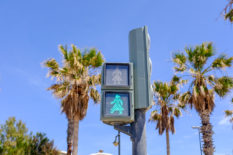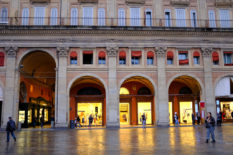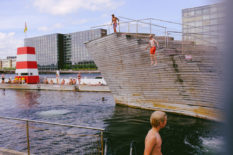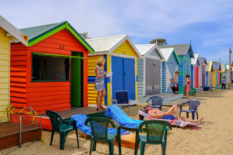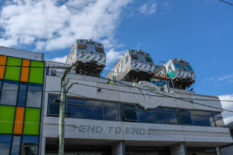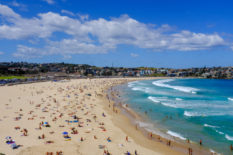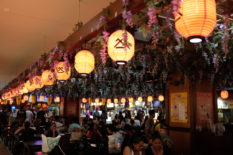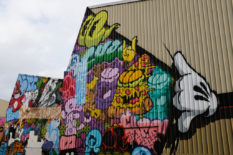Public Spaces
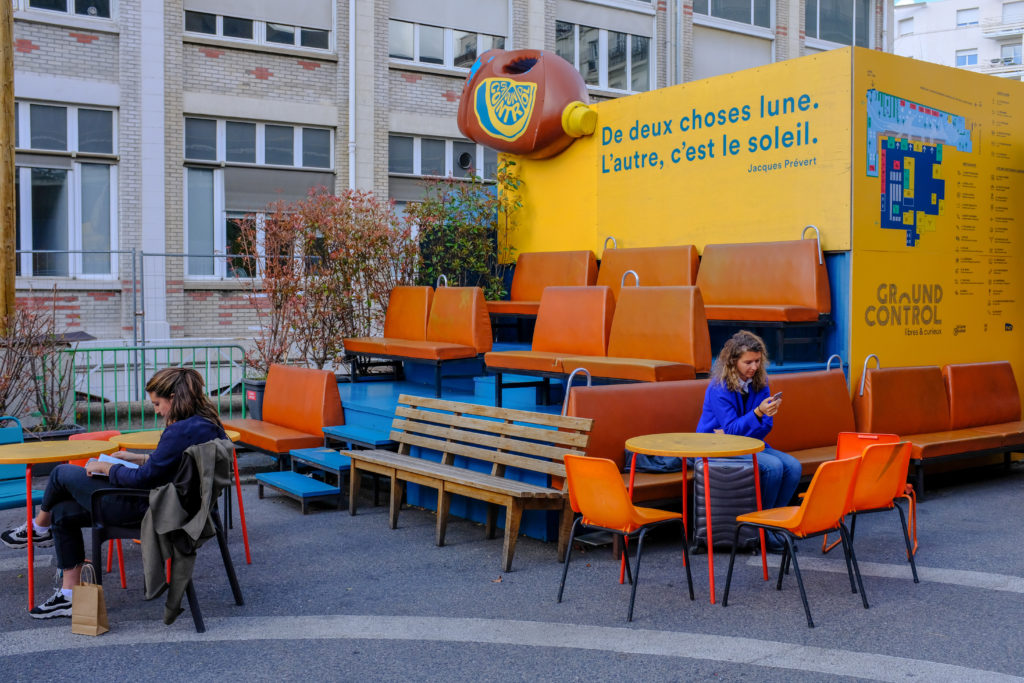
For people who live in cities, a lot of time is spent on streets: strolling along sidewalks, crossing the road, biking around a park. We take elements of city design for granted, but it’s worth pausing and taking a moment to notice what surrounds us.
Public space is about streets and parks—and it’s also about functional structures like construction sites, trash cans, traffic lights. While some cities neglect these elements, others highlight them. They decorate construction sites and trash cans with art or design new symbols for traffic lights. They build arches to protect pedestrians from the rain, build unexpected swimming pools, allow street art on walls for the sake of creative expression.
When a city invests in these details of urban design, they are making design accessible to all, raising the bar for our visual landscape. Public spaces become more delightful and pleasant, and the city signals its commitment to making a place safer, more navigable, and aligned with healthier and happier lifestyles.
We experience the world at human-scale. How are public spaces designed around human needs? In this collection, we explore how the streets and spaces around us can enable more human connection, transform cities, and create a stronger sense of place.

